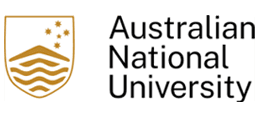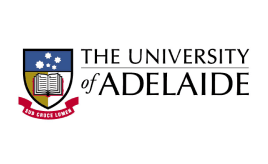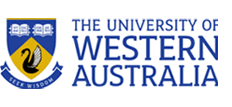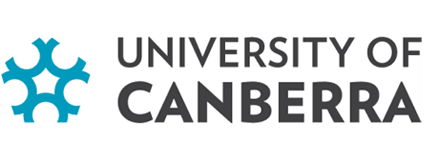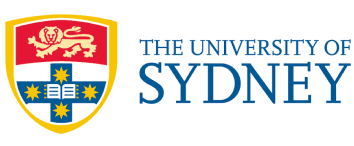First Leadbeater’s possum detection in NSW shows importance of protecting big conservation areas

A Leadbeaters Possum in Victoria. Image: Dan Harley
Media Release
31 May 2025
The Leadbeater’s possum has just been detected in Kosciusko National Park near the Yarrangobilly Caves. This extraordinary discovery is the first live record of this Critically Endangered species outside of Victoria.
It was announced this morning by NSW Environment Minister Penny Sharpe MLC and Victorian Environment Minister Steve Dimopoulos MP.
Congratulations to Fred Ford and Martin Shultz, researchers from the NSW Government ecosystems and threatened species team, who made the discovery during camera trap surveys for the Endangered smoky mouse.
The record illustrates the need for continuing surveys of Australian biodiversity, and the capability of emerging technology to uncover some of the most poorly known components of our country.
The Biodiversity Council says the discovery also highlights the importance of conserving large areas of high-quality habitats, even if significant species had not previously been detected.
Biodiversity Council member Professor David Lindenmayer from the Australian National University has studied the possum extensively in Victoria.
“How exciting it is to live in a country where new discoveries are being made!!” Professor Lindenmayer said.
“This discovery highlights the importance of large national parks for biodiversity. Kosciuszko National Park is 690,000 ha, most of which is forest that has never been properly surveyed.”
Professor Lindenmayer surveyed for the tiny possum around Yarrangobilly 35 years ago while undertaking a PhD.
“Bioclimatic modelling indicated that the area should suit the Leadbeater’s Possum, so I looked for them there and in many other parts of Kosciuszko National Park, but this was before camera traps were widely available, and I was unsuccessful in detecting them.
“This discovery shows that just because a species has not been positively detected at a location, you cannot be confident that it is not there. Many of our most imperilled species are hard to detect.
“With so little high-quality habitat left in Australia, we should do our utmost to protect remaining areas; hopefully, there will be many more wonderful discoveries ahead, especially as detection techniques improve.
“Large parks are critical places for biodiversity conservation and truly special places for wildlife. We must ensure that iconic places like Kosciuszko National Park and all other major reserves in Australia are supported with the key resources they need to manage our precious biodiversity."
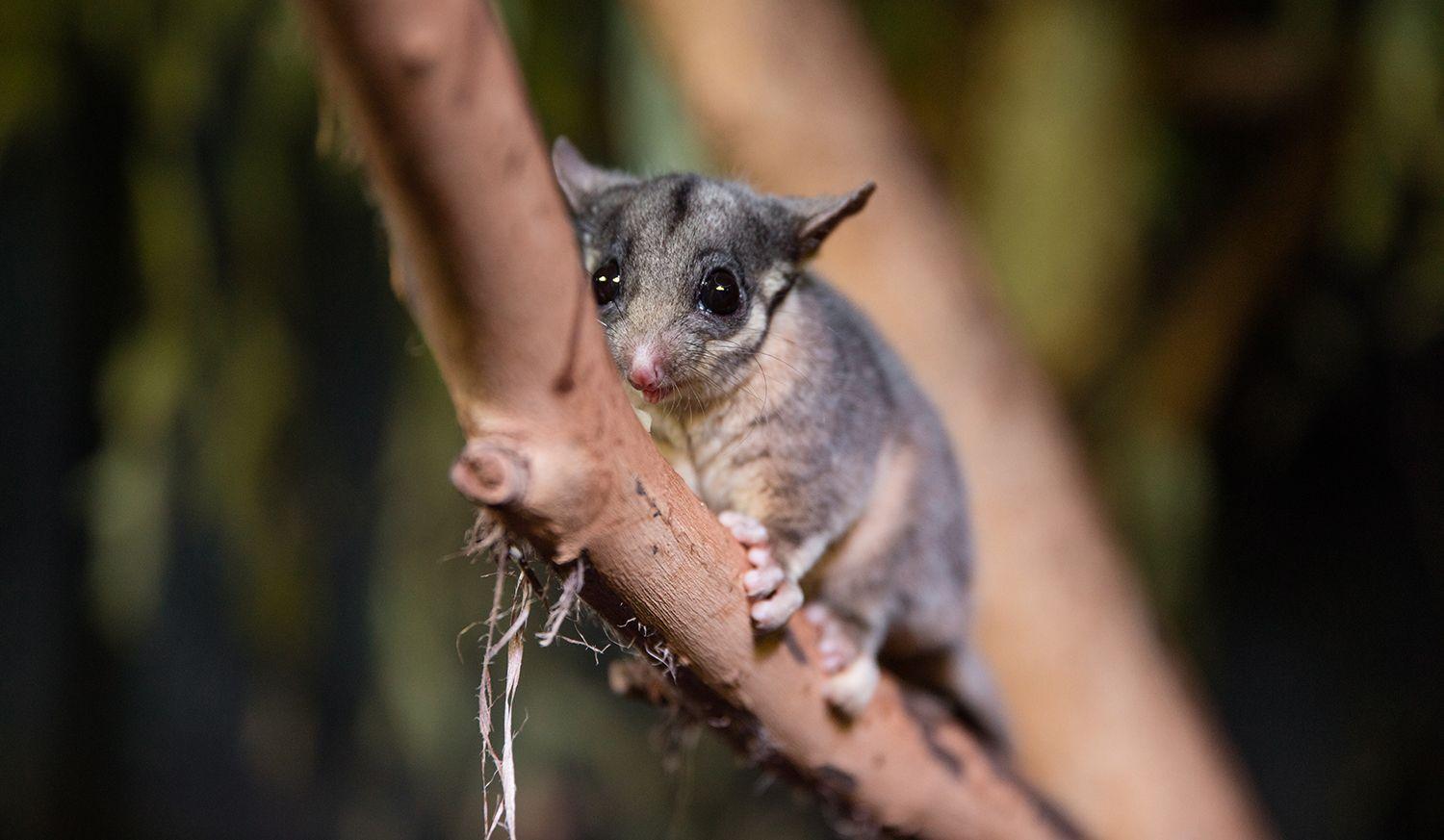
Biodiversity Council member Professor Brendan Wintle from the University of Melbourne said the chance discovery highlighted the inadequacy of funding for biodiversity conservation and research in Australia.
“Knowing that there is a population of Leadbeater’s possums in New South Wales has huge implications for the conservation of this Critically Endangered species nationally.
“There should have been funding to look for the species there and in other potentially likely places.
“Because endangered species protection and research is so woefully underfunded, we rely far too heavily on chance discoveries to understand where even our most high-profile imperilled species are.
“Increasing funding for biodiversity conservation to 1% of the federal budget would address this major gap and enable threatened species recovery teams to discover, map, protect and manage critical areas for species such as the Leadbeater’s possum.”
The Biodiversity Council is an independent expert group founded by 11 Australian universities to promote evidence-based solutions to Australia’s biodiversity crisis.
Dr Dan Harley, a Senior Ecologist at Healesville Sanctuary, is closely involved in the conservation of the species in Victoria.
"While the NSW discovery is exciting and quite unexpected, it in no way alters the species’ Critically Endangered status at this stage," said Dr Harley.
"Leadbeater’s possum’s restricted range in Victoria is one of the species’ key vulnerabilities to bushfire and climate change.
"The discovery of a population in NSW provides some spatial risk-spreading which is really important. However, the extent of the species’ occurrence in NSW has yet to be determined, and the discovery does not alter the major challenges we are facing to conserve this possum in Victoria.
"Since 2017, we have been searching for unknown populations of Leadbeater’s possum within the species’ historic range in north-east Victoria – and found none. And most of the forest we have assessed no longer appears to be suitable for the possum.
"The Black Summer bushfires have further eroded any prospect that there may be a remnant, hidden population persisting in Victoria’s north-east. But this possum has a habit of surprising us – as occurred with the species’ rediscovery in 1961, the discovery of the lowland population in 1986 and subalpine populations in the 1990s. The discovery of the species further north in NSW was completely unexpected, and is a remarkable turn of events.
"Within Victoria there is strong genetic differentiation between highland and lowland Leadbeater’s possums over a small distance. On this basis, and given the large distance between the Victorian populations in the Central Highlands and the NSW discovery site, it is highly probable that the NSW population is genetically distinct from populations in Victoria.
"Once the genetic results are in, I expect that we will have Northern Leadbeater’s possums in NSW and Southern Leadbeater’s possums in Victoria, each with distinctive management requirements."
"The discovery highlights the importance of undertaking comprehensive biodiversity surveys and also our improved ability to detect cryptic wildlife, like Leadbeater’s possums, with technology such as camera traps and thermal equipment."




